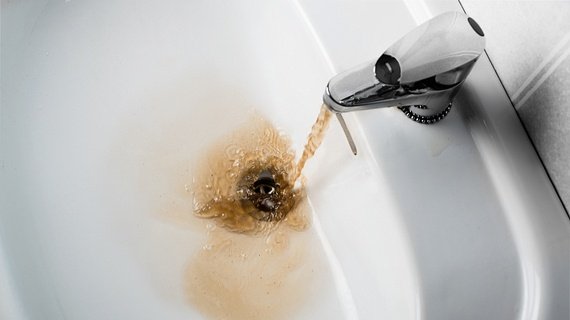This guide has been designed to help you understand what a chlorination is and when you may need to employ such remedial activity for your water tank or water system. This is a specialised task and should be carried out by professionals.
Remember, a chlorination may not always be necessary for everyone but is often utilised when legionella bacteria has been discovered. It may also be a factor when discussing potential remedial activity for a tank that has large amounts of sediment, biofilm, sludge, slime or general bacteria.
What is a chlorination?
Simply put a chlorination consists of the disinfection of an asset that contains stored water or indeed, an entire water system itself, all the way through to the mains pipework and outlets. For example, following a legionella risk assessment, a cold water storage tank has been found to have large amounts of sediment present. Whilst this is not immediately hazardous to health, it can lead onto much greater health risks if ignored for too long.
On the other end of the scale, a building's water system could have returned with a positive legionella water sample. In this case, the risk to human health is considerably higher, so more immediate action would have to be taken.
A new or refurbished hot and cold water system may have been put in place, or an older system that hasn't been used for prolonged periods of time may also require a disinfection to ensure compliance.
What happens during a tank chlorination?
- A specialist water treatment engineer attends site and begins by familiarising themselves with the sites water system and it’s layout. They will then fit outlet warning labels and signs to relevant areas to ensure the water is not used by the public during the chlorination procedure.
- The tank is drained, neturaliser is added and a pre-disinfection procedure is carried out to ensure conditions within the tank are ok to proceed.
- The tank is physically cleaned (if possible) and residual sludge and water is removed using a dry vaccum cleaner and rinsed using fresh water.
- The tank is refilled with fresh water and isolated from the mains supply as disinfectant is added with the required pH level measured using a test kit.
- If necessary as per the required task, the disinfecting solution is drawn through to water heaters, pipework and any outlets fed from the system.
- Sentinels (nearest and furthest outlets from the tank) are tested to ensure the concentration is reaching all points.
- The tank is topped up further with fresh water and sufficient disinfectant to ensure target levels are achieved. The disinfectant is then left in the tank/system for a specified contact period.
- Key outlets are retested to confirm satisfactory disinfect levels have been achieved at the end of contact period. The process is restarted again if the concentration falls below the minimum levels.
- Neutraliser is added to the tank to ensure there is no disinfectant left before flushing through. If so, the neurtraliser is then drawn through all outlets, once more being measured to ensure the absence of disinfectant.
- Warning signs and labels are removed.
- If the water is used for drinking water, the tank should be drained one more time and refilled with fresh water and flushed with water free from neutraliser.#






